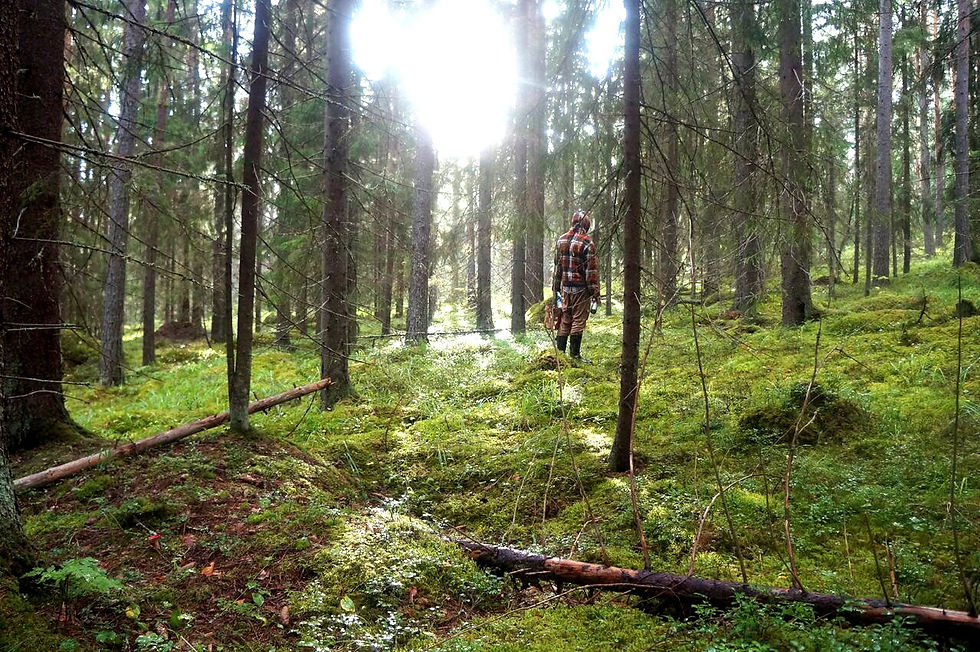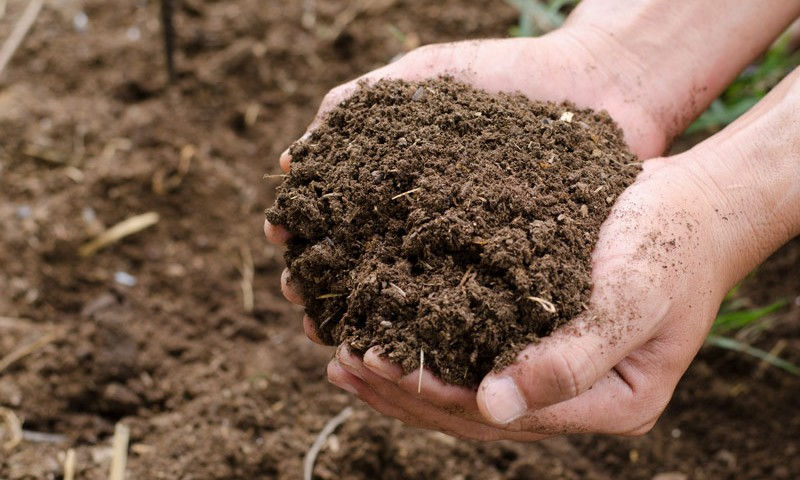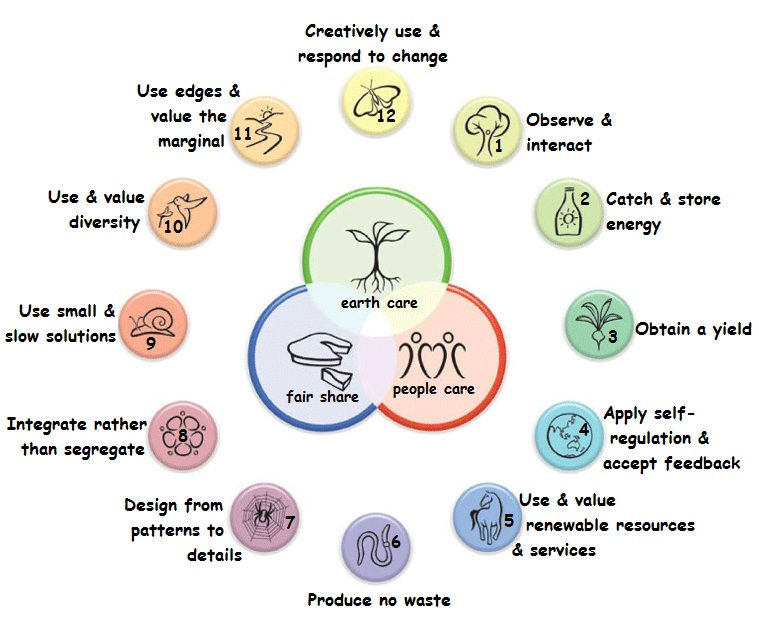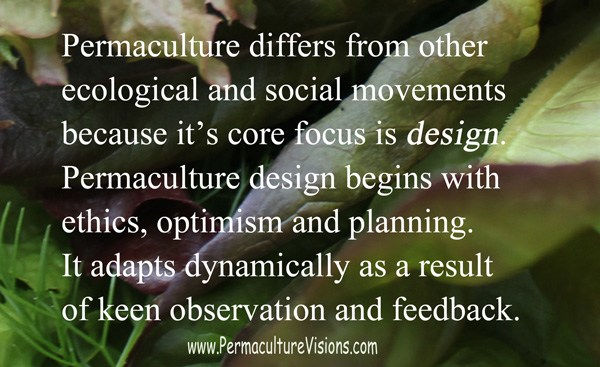What the heck is Permaculture?
- Elin Dieme
- Apr 24, 2018
- 7 min read

Teemu and I hear this question a lot. Whether we are hitch hiking through a tropical village or meeting old friends in our home towns, someone may ask this in a polite manner. What is Permaculture? And how is it any different from just, ordinary gardening and farming?
And it is a really good question.
I wonder if the majority of us interested spend more time trying to define the solution rather then apply it around us.
But when you see Permaculture Design in action, and understand its ethics and principles, you will find your own clever defintion for the word. :)
There are many incredible websites, books, videos, podcasts, and blogs that describe more in detail about the principles of Permaculture. I will attach links at the bottom if you are interested in learning lots. :)
And I am no guru on the topic, but I feel it is important to explain a little bit about the background of Permaculture. (And maybe this post will sound more like high-school research project, but I promise we will get into the fun stuff soon whence we cover this!) Enjoy learning and make sure to take a nap after to retain everything!

Perma-culture means "permanent agriculture."
When we punch in the question on Google, the definition is simply: "the development of agricultural ecosystems intended to be sustainable and self-sufficient."
Teemu's own defintion is, "Permaculture is a life-design philosophy, that allows us to - really - be a part of nature."

And when we seek out the pioneer of Permaculture, Bill Mollison (4 May 1928 – 24 September 2016) who was a Austrialian ecologist that spent the majority of his life observing nature, his definition explains, "Permacutulre is an integrated system of ecological and environmental design."
Bill Mollison, alongside with his friend David Holmgren partnered together in 1978. They created the Permaculture Design Course and wrote their first book, "Permaculture One." Bill then created The Permaculture Institution in Tasmania where he educated thousands of people around the world on sustainability and Permaculture Design principles.
Bill had been discovering the endless patterns in nature that which made them continous and renewable. He noticed how the surrounding nature worked together, and that everything always gave back to the earth where life was. Instead of avoiding the growing problems of non-sustainable agriculture and farming, Bill decided to confront the issues with a design that could fundamentally be used in any given area of land.
He lived in a fantastic era of awakening and took notice to the developing world around him. Bill decided to pursue his love of nature by sharing his insights, and the world is grateful for it!

Bill Mollison. Photographer unknown.
“Sitting at our back doorsteps, all we need to live a good life lies about us. Sun, wind, people, buildings, stones, sea, birds and plants surround us. Cooperation with all these things brings harmony, opposition to them brings disaster and chaos.” ― Bill Mollison, Introduction to Permaculture
I want to explain a little bit about the ethics of Permaculture. And, for me at least, Permaculture isn't really something one can learn in a book. But by understanding the ingredients - the background of everything - it can really help when observing the land and life around you!
Permaculture Ethics

Care of the Earth - Care of the Earth is the first step in creating a well balanced and structured home. Looking after the earth starts in the soil. If the soil isn't healthy or inhabited by a diversity of organisms, how can we be healthy? There are simple ways to look after our soil, like not dumping our chemical-infused greywater that has possible traces of antibiotics and birth-control pills* into the land. Buy a water filter for your sink or shower, and wash your veggies in clean water! Use eco-friendly soaps** for your dishwashers and washing machines. Collect rain water for your gardens. This is all pretty straight-forward but important to remember. Just because we can flush our water down the drain, don't expect it not to show up in our lives, food, and stomachs again!

Source: Google images
Care of People - Care of people starts with the care of ourselves. I recommend anyone who is lonely to travel somewhere abroad and volunteer on a Permaculture farm. Chances are, you won't feel so distant and disconnected anymore. We have to realise that humans are a species that like to be together. We have to go back into the past where communities, sharing with other people, and trading our goods wasn't such an alien thing to do. Look after yourself, your family, the people around you, and soon a community will bloom!

Photo taken by: Reka Raffay
Fair Shares - The picture of the pie below resembles only taking what you need. For example, if you are interested in growing your own food, plant perennials that come back each year. If you live in a climate where you can have fruit trees, do so! Having an abundance of good fresh fruit is great for preserving, sharing for other goods from neighbours, and giving as gifts. More the merrier! Fair share has been around in our cultures across the earth since woman/man have discovered communities. We have to stop thinking about only ourselves and focus and everything and everyone around us. :)

Source: Google images
Permaculture Principles

Here is a short description of each of the Permaculture Principles. They are described by David Holgrem, and created from the main ethics. Teemu and I look forward to applying them to our land here, and sharing our experiences with you!
Observe and Interact – “Beauty is in the mind of the beholder” By taking the time to engage with nature we can design solutions that suit our particular situation.
Catch and Store Energy – “Make hay while the sun shines” By developing systems that collect resources when they are abundant, we can use them in times of need.
Obtain a yield – “You can’t work on an empty stomach” Ensure that you are getting truly useful rewards as part of the working you are doing.
Apply Self Regulation and Accept Feedback – “The sins of the fathers are visited on the children of the seventh generation” We need to discourage inappropriate activity to ensure that systems can continue to function well. Negative feedback is often slow to emerge.
Use and Value Renewable Resources and Services – “Let nature take its course” Make the best use of nature’s abundance to reduce our consumptive behavior and dependence on non-renewable resources.
Produce No Waste – “Waste not, want not” or “A stitch in time saves nine” By valuing and making use of all the resources that are available to us, nothing goes to waste.
Design From Patterns to Details – “Can’t see the forest for the trees” By stepping back, we can observe patterns in nature and society. These can form the backbone of our designs, with the details filled in as we go.
Integrate Rather Than Segregate – “Many hands make light work” By putting the right things in the right place, relationships develop between those things and they work together to support each other.
Use Small and Slow Solutions – “Slow and steady wins the race” or “The bigger they are, the harder they fall” Small and slow systems are easier to maintain than big ones, making better use of local resources and produce more sustainable outcomes.
Use and Value Diversity – “Don’t put all your eggs in one basket” Diversity reduces vulnerability to a variety of threats and takes advantage of the unique nature of the environment in which it resides.
Use Edges and Value the Marginal – “Don’t think you are on the right track just because it’s a well-beaten path” The interface between things is where the most interesting events take place. These are often the most valuable, diverse and productive elements in the system.
Creatively Use and Respond to Change – “Vision is not seeing things as they are but as they will be” We can have a positive impact on inevitable change by carefully observing and then intervening at the right time.
https://justlists.wordpress.com/2010/01/14/principles-of-permaculture/

So now maybe you are thinking, "Permaculture has been a topic for more then 40 years, and we had never heard of it?!"
Some people wonder if it is so wonderful, then why is it still unrecognized?
Well like I believe, good things take time, and just because it isn't being taught in every school (yet), there are still a lot of communities out there that are choosing Permaculture as a permanant life-style. :)
The beauty with the design is that it doesn't make sustainability something one must weep at to understand. It is something we can actually apply in every piece, part, and area of our home and land.


Photo from The Dirt Rich School website
Isn't it our true human nature to want to cherish and be healthy and happy? To feel connected and appreciated? Why not start a small garden? Doesn't it make sense to buy only quality things? Something that will last longer then a few years and actually benefit you? Doesn't it make sense to only use eco-friendly organic products near our food and in our homes? We are unfortunately receiving enough toxins from BPA on receipts from big-branded stores that sell products with warning labels on them admiting to the harmful chemicals in them. Doesn't it make sense to support local stores, local artists, and local food suppliers? Isn't it obvious yet that our happiness and seratonin*** comes from our gut which needs healthy food to thrive? Humans = Organic. Doesn't it save time if we build a garden that will one day, feed itself?
Permaculture is a minimal effort in the long run, but a huge impact.
It is guiding ancinet practices into our modern way of living. It is using any possible resource that is around us in benefical and sustainable ways. It is learning about our land, our soil, and what works best where.
So lets dive in, enough background talk and history, lets be present, here, now. Lets begin!
Thanks for reading, and stay tuned for our first project at Räntmaki!
Kiitos, hei hei :)
Elin
Further Reading:
https://www.milkwood.net/blog/
https://permacultureprinciples.com/
http://www.thepermaculturestudent.com/
http://goodlifepermaculture.com.au/blog/
Books to Read:
http://permaculturehandbook.com/
http://www.themarketgardener.com/
https://www.goodreads.com/book/show/381988.Permaculture
* (http://www.ncregister.com/daily-news/birth-control-in-drinking-water-a-fertility-catastrophe-in-the-making)
** (https://www.thisoldhouse.com/ideas/plant-friendly-soaps-are-safe-greywater-irrigation)
*** (https://brisbanenaturopaths.com.au/2018/02/12/what-is-the-connection-between-the-gut-and-the-brain/




















Comments